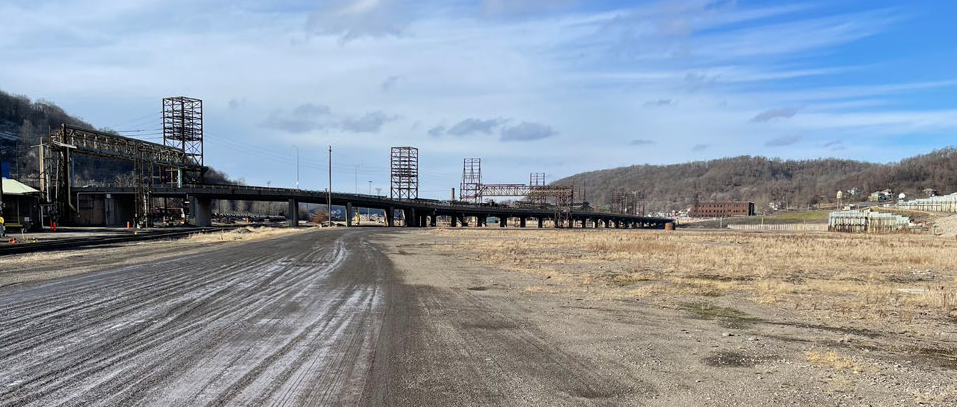Brownfields

The Coalition
“3-2-1! Three counties, two states and one goal!” The stage is set for West Virginia (WV) and Ohio (OH) to join forces along the Ohio River. The 1 goal? Repurpose brownfields to create economic development opportunities. The Weirton-Steubenville Metropolitan Statistical Area (MSA) as 2 states, WV and OH, in 2 federal regions (Region 3 in Philadelphia, PA, and Region 5 in Chicago, IL, respectively) and 3 counties, Brooke and Hancock, WV and Jefferson County, OH. The Jefferson County Port Authority (JCPA), Business Development Corporation of the Northern Panhandle (BDC), and the Brooke-Hancock-Jefferson Metropolitan Planning Commission (BHJ) makes up the “3-2-1 Brownfields Coalition – A Corridor of Opportunity” (3-2-1). The Coalition is the established base for revitalization in the Greater Weirton-Steubenville Area. Their goal is to assess brownfield properties along the Ohio River that for decades were once laden with heavy industry and coal mining. This boundary-busting Coalition has acted as a springboard for economic stability and job expansion.
Steel and Coal Industries
History has defined the Weirton-Steubenville area as an industrial giant that helped fuel America’s Industrial Revolution. Dating back to 1856, generations of workers labored and raised their families in the shadows of titanic manufacturing and coal-powered electric generating facilities that line the flood plains of the Upper Ohio River Valley. A generation of workers migrated from all places around the globe to labor and raise a family just hundreds of yards from the shadows of pottery plants, glass-making facilities, steel mills, rail yards, and coal fields. Following WWII, industrial output peaked in the 1960s. Weirton Steel (WSX) in West Virginia and Wheeling-Pittsburgh Steel (WPS) in Steubenville and Mingo Junction, Ohio employed more than 24,000 workers of the Greatest Generation. By 1980, these industrial giants and their bloodline of support services down-sized and closed one-by-one coercing the Baby Boomers to flee the valley. Today, Cleveland Cliffs operates WSX employing less than 800 union steelworkers while WPS ceased operations in 2009.
Further, W.H. Sammis (Stratton, OH) and Windsor power plants (Power, WV) no longer burn coal to generate electricity. The coal fields that once fed the railroads, heated the homes, and produced the coke that ignited the blast furnaces for a half century no longer exist labeling the area as a high-risk Coal Impacted Community.
Economic Future
The MSA is a 3-county, (Brooke and Hancock, WV, and Jefferson County, OH), 2-state (West Virginia and Ohio), and 1-Economic Market joined by the Ohio River and divided into two federal regions (Region 3-Philadelphia, PA, and Region 5-Chicago, IL). “Three counties, two states and one goal!” The BHJ Brownfield Coalition is creating the “Corridor of Economic Opportunity.” The time to re-energize economic opportunity is now. With an abundance of brownfields and lack of developable greenfield space, the Coalition looks to forge a new and sustainable economic future through Brownfield Redevelopment for the coming generations.
Since 2003, the BHJ Brownfield Coalition has inventoried and assessed over 70 sites through Brooke and Hancock counties, West Virginia and Jefferson County, Ohio. The Coalition has acquired more than $4.5 million in assessment and cleanup grants through the US Environmental Protection Agency, the Ohio Department of Development, and the Ohio Appalachia grant programs. These grant assessment, planning, and cleanup activities have led to the creation of more than 1,000 employment opportunities and has leveraged over $1 Billion in Public-Private investments in our three-county Upper Ohio River Valley.
Brownfield Grants Clean Up Contaminated Properties and Promote Economic Redevelopment Nationwide
